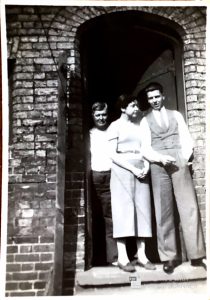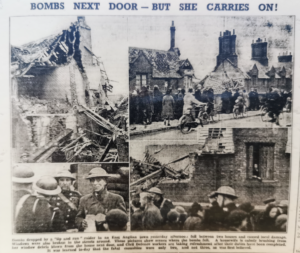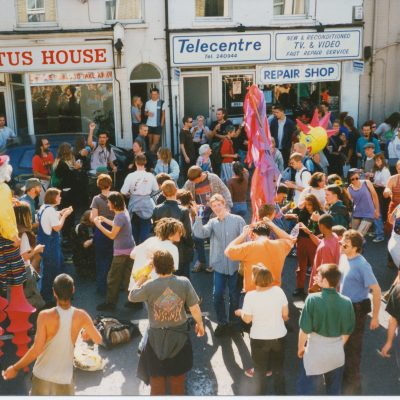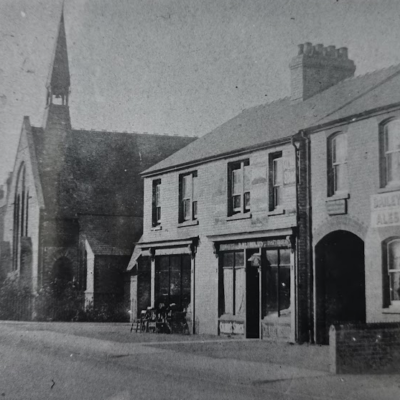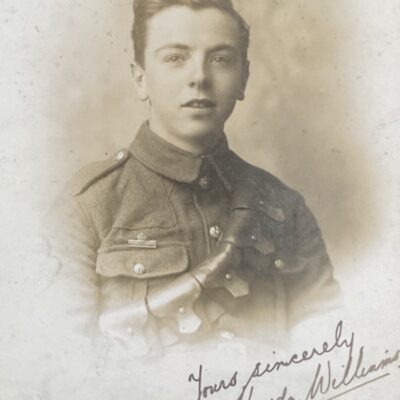Search by topic
- archaeology
- Building of Local Interest
- chapel
- charity
- church
- crime
- dressmaker
- fire
- Great Eastern Railway
- Listed building
- Mapping Relief
- medieval
- oral history
- poverty
- Public House
- Religious House
- Roman
- scholar
- school
- Then and Now
- tudor
- women
- work
- world war one
- world war two
Search by text
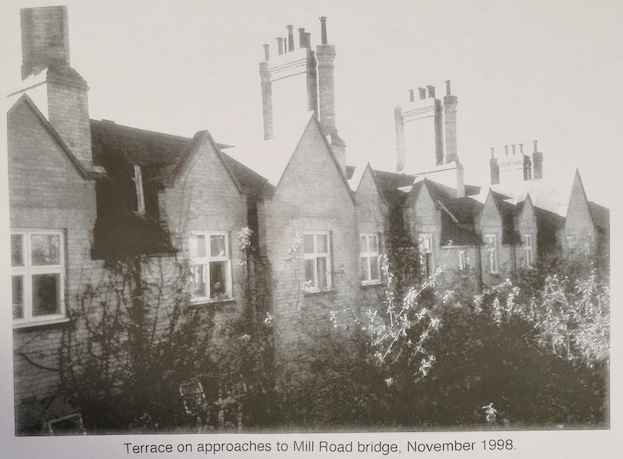 Railway Cottages next to Mill Road Bridge, 1998
Railway Cottages next to Mill Road Bridge, 1998130 (27 Railway Cottages) Mill Road
History of 130 Mill Road
1871
George Watkins, 40, Railway Goods Guard, born in Ipswich
Sarah Watkins, 44, born in Broxbourne, Hertfordshire
Jane Watkins, 10, born in Cambridge
George Watkins, 8, born in Cambridge
Charles Watkins, 5, born in Cambridge
William Wilson, 18, nephew, Railway Telegraph Messenger, born in Cambridge
Samuel Wilson, 16, nephew, Railway Telegraph Messenger, born in Great Claxton, Essex
1881
George Simpson, 28, railway porter, b Suffolk
Alfred John Backer, 26, railway porter, b Cambridge
1891
1901
Charles Northfield, 39, railway guard, b Dorset
Elling, 37, b Cherry Hinton
Millie, 15, b Cambridge
Fred, 12, b Cambridge
Alfred, 10, b Cambridge
Wilfred, 6, b Cambridge
Hubert, 4, b Cambridge
Arthur, 1, b Cambridge
1911
1913
Edward Brown, platelayer
William Jordan, acting fireman
1937
1939
Arthur William Saunders, b 1888, maintenance LNER heavy work
Elizabeth C, b 1881, housewife
Violet R Wilson, b 1921, provision head grocery
Henry J, b 1927
In 1911 the Saunders family were living at 3 Granta Place.
In 1921 the family were living at 17 York Terrace
1941
Michael Bowyer in ‘Air Raid!’ pub. 1986, describes how in the afternoon of 30 January 1941 a German bomber came into Cambridge at low level from Ely and dropped nine 50kg HEs at 15:57, straddling Mill Road bridge. Bombs burst in the Corporation store yard, and then 130 Mill Road and the next house were shattered by a direct hit. Two civilians were killed and ten injured.
On 30th January 1941 while waiting in the train due to leave Cambridge station at ten-past-four on a murky afternoon, a series of explosions grew rapidly louder. A low flying Dornier had followed the railway line in from the north and it raced past at less than 500 feet, almost overhead. Luckily for me and others returning after an ordinary day at school, the stick of bombs landed in the railway sidings a few hundred yards away. (p74)
(R H Vincent, A Tanner will do)
1962
(130a) Bernard Horner
(130) Frank Martin
1970
Frank Martin
Frederick Bond
Contribute
Do you have any information about the people or places in this article? If so, then please let us know using the Contact page or by emailing capturingcambridge@
License
This work is licensed under CC BY-NC-SA 4.0





